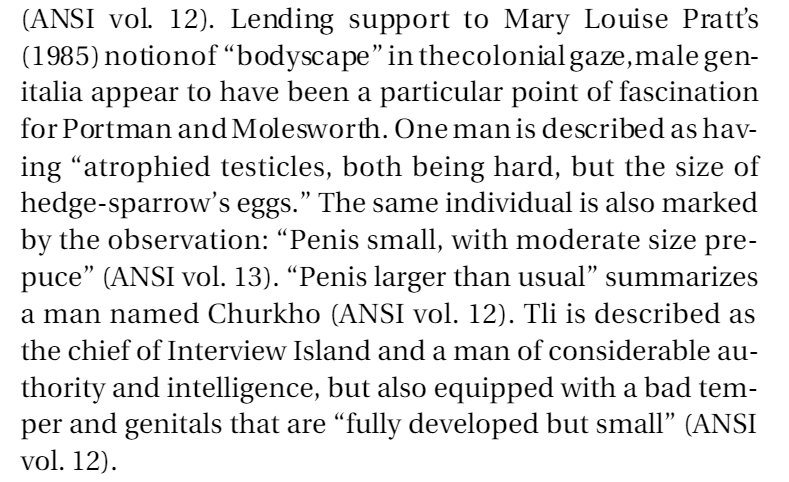We still have 10 million fewer jobs than we did in February. Clawing the rest back at +245k per month will take basically forever. If this is the second half of the recovery, it's going to be grim
Payrolls in November rose a mere +245k. That's the sort of number you might see in a "normal" month, and definitely not what you're hoping for in the snapback from a covid-induced shutdown.
THE RECOVERY IS STALLING.
We still have 10 million fewer jobs than we did in February. Clawing the rest back at +245k per month will take basically forever. If this is the second half of the recovery, it's going to be grim
The virus is back, which hobbles the service sector, and stimulus has basically petered out, leaving the economy with little help. It doesn't have to be this way.
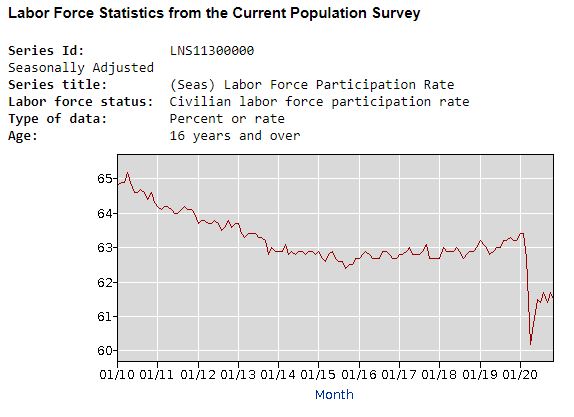
- State governments cut -243k jobs in March-May, and now an additional 134k since September.
- Local governments cut -1255k jobs March-May, and -187k since Sept.
And more cuts are ahead.
https://t.co/4RHutW5Q4E
Put another way: I don\u2019t think we should interpret jobs numbers or other economic data now the way we did in the 08-10 recession and recovery. Jobs (at least some jobs) going up when COVID is out of control is a failure of public health policy, not a success of economic policy.
— Dan Hirschman (@asociologist) December 4, 2020
The first act was firms re-opening and recalling furloughed workers.
The second act is harder: Millions lost their jobs permanently & there aren't many new opportunities opening up for them.
The second act is a grim slog.
https://t.co/tLb6uYhe9f
The unemployment rate fell from 6.9% to 6.7% in November. BUT... labor force participation fell so the employment rate fell.
— Jason Furman (@jasonfurman) December 4, 2020
My measure of the "realistic" unemployment rate actually rose.
And the "full recall" unemployment rate rose.
Blog coming, a little on this now. pic.twitter.com/SbgA9VQorB
As people lose contact with the labor market, they lose connections, skills, and hope.
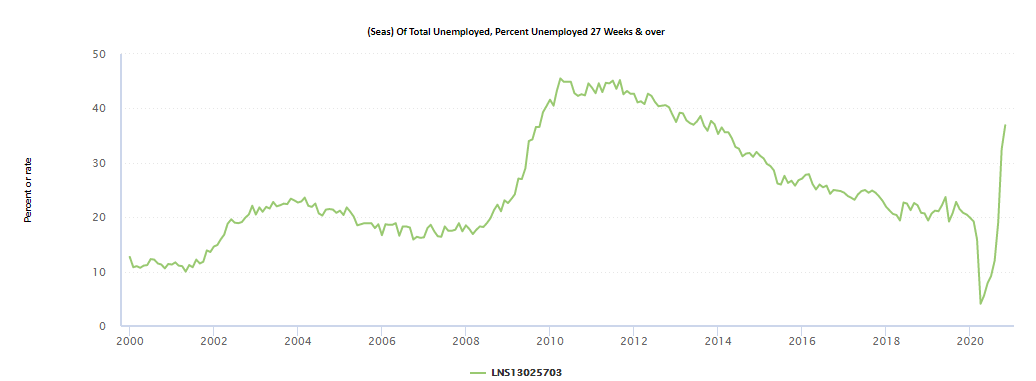
How many job reports like this will it take before the people arguing there is a trade off between health and the economy admit that getting control of the virus is critical for fixing the economy?
— Austan Goolsbee (@Austan_Goolsbee) December 4, 2020
[*Narrator: he already knew the answer to this question*]
More from Economy
Recently @OECD published a report about particulate matter (PM) from road transport. Newspaper headlines blared that electric vehicles where worse than combustion vehicles. That conclusion was wrong according to the report itself.
Let me show you.

The report (published december 7) can be found here: https://t.co/1HpicKexOt
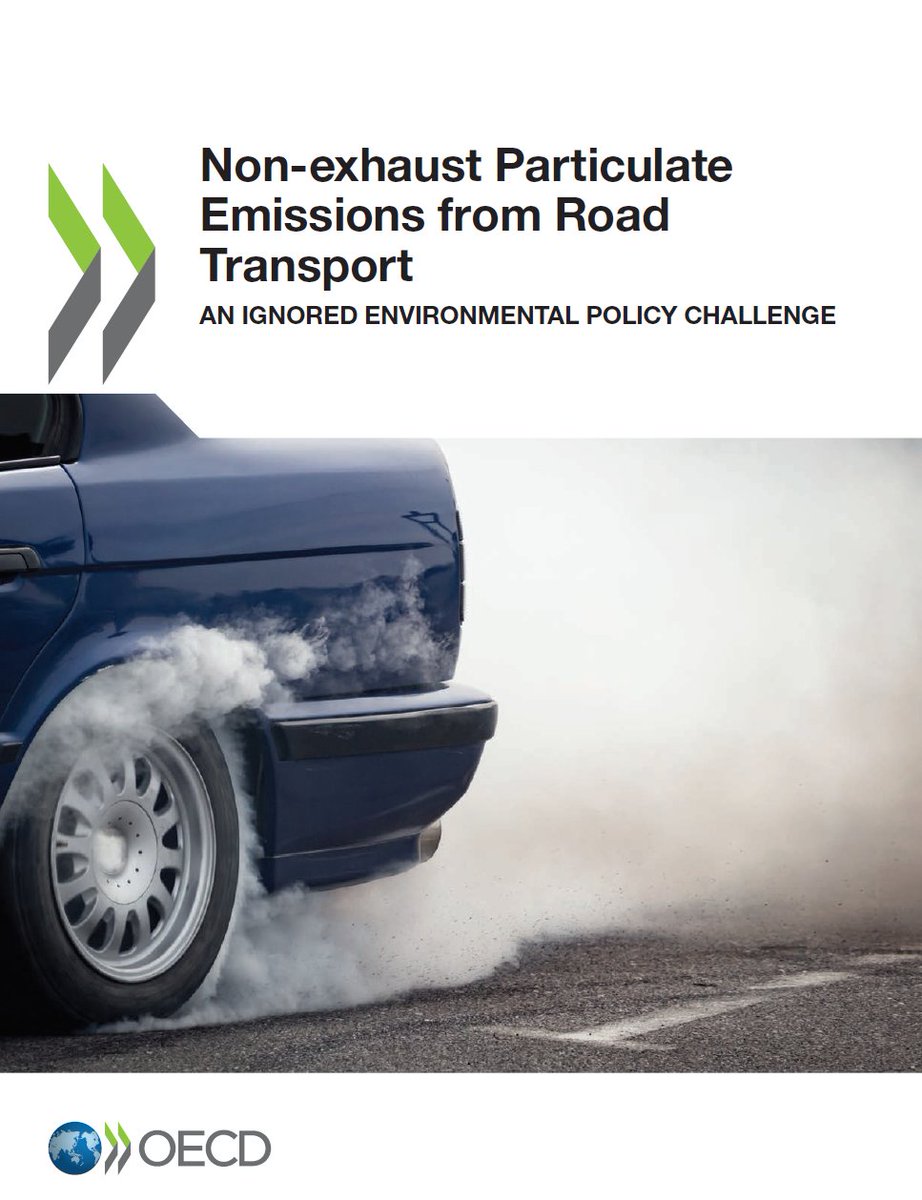
It's main point is well taken: as cars get cleaner, fine particles emitted by brakes, tires and road surfaces will become more important.
The table comparing electric and combustion engines is on page 92. I took averages of low and high values to get the graph in the first tweet.
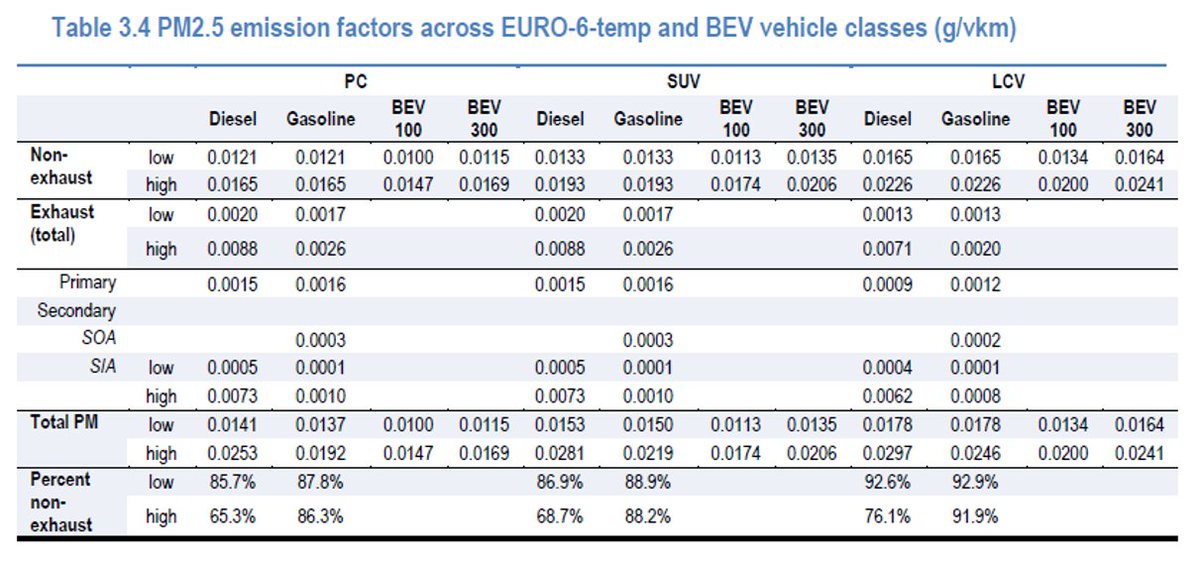
I merely took the averages. To get this.
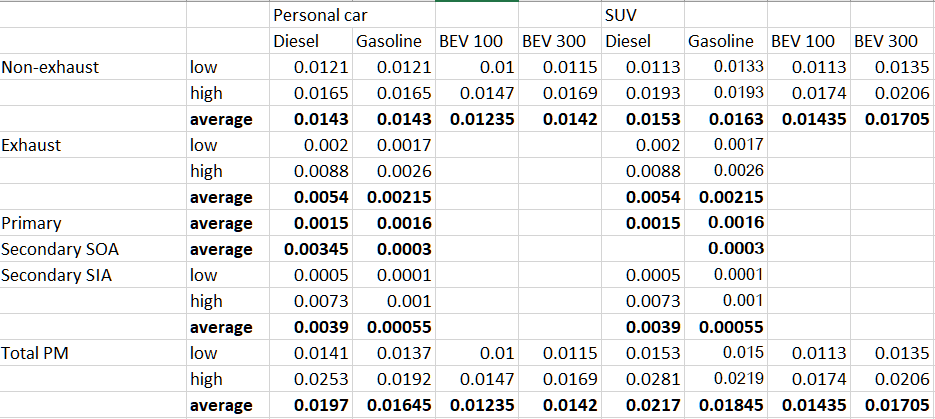
I think it is a terrific report that pulls together a LOT of literature on fine particles that cars spew into the air and that make us sick.
We have ignored this problem for too long, and there's more here than simply exhaust!
You May Also Like
On Sunday 21st June, 14 year old Noah Donohoe left his home to meet his friends at Cave Hill Belfast to study for school. #RememberMyNoah💙

He was on his black Apollo mountain bike, fully dressed, wearing a helmet and carrying a backpack containing his laptop and 2 books with his name on them. He also had his mobile phone with him.
On the 27th of June. Noah's naked body was sadly discovered 950m inside a storm drain, between access points. This storm drain was accessible through an area completely unfamiliar to him, behind houses at Northwood Road. https://t.co/bpz3Rmc0wq
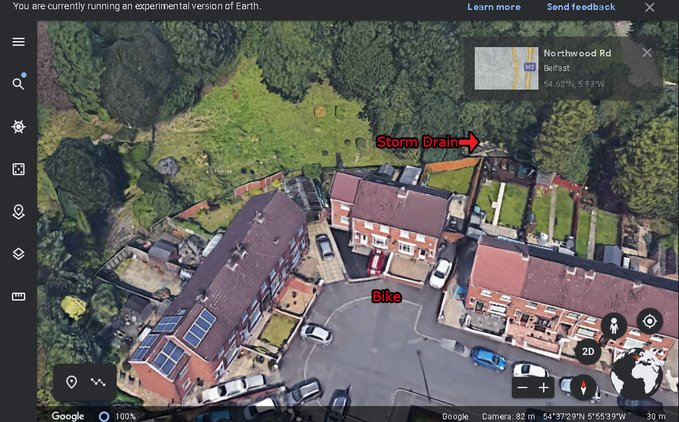
"Noah's body was found by specially trained police officers between two drain access points within a section of the tunnel running under the Translink access road," said Mr McCrisken."
Noah's bike was also found near a house, behind a car, in the same area. It had been there for more than 24 hours before a member of public who lived in the street said she read reports of a missing child and checked the bike and phoned the police.

Stan Lee, who died Monday at 95, was born in Manhattan and graduated from DeWitt Clinton High School in the Bronx. His pulp-fiction heroes have come to define much of popular culture in the early 21st century.
Tying Marvel’s stable of pulp-fiction heroes to a real place — New York — served a counterbalance to the sometimes gravity-challenged action and the improbability of the stories. That was just what Stan Lee wanted. https://t.co/rDosqzpP8i
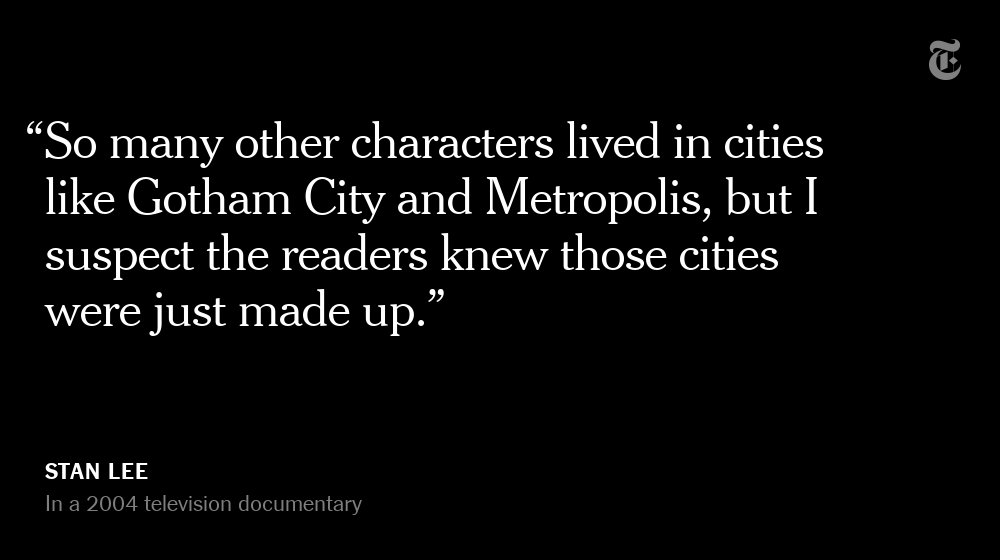
The New York universe hooked readers. And the artists drew what they were familiar with, which made the Marvel universe authentic-looking, down to the water towers atop many of the buildings. https://t.co/rDosqzpP8i
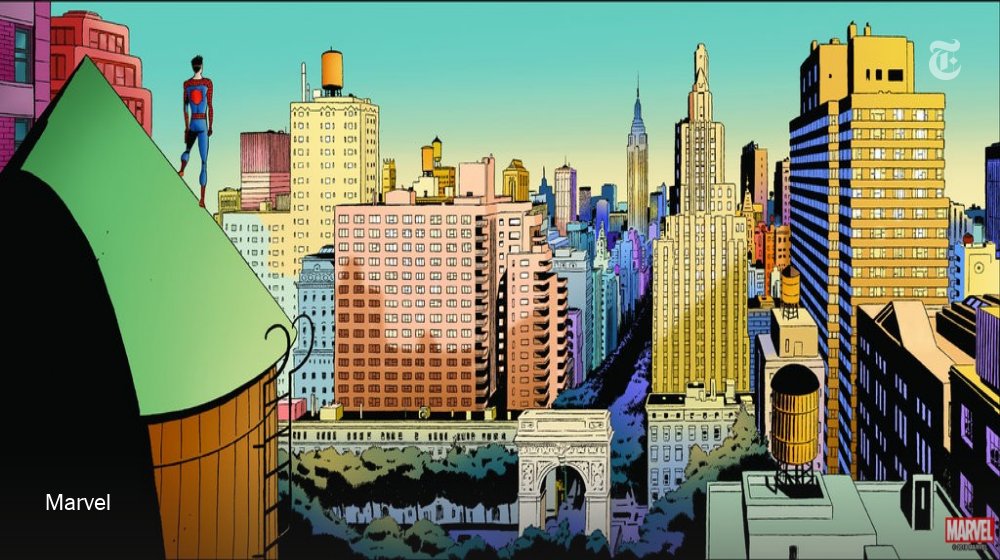
The Avengers Mansion was a Beaux-Arts palace. Fans know it as 890 Fifth Avenue. The Frick Collection, which now occupies the place, uses the address of the front door: 1 East 70th Street.













